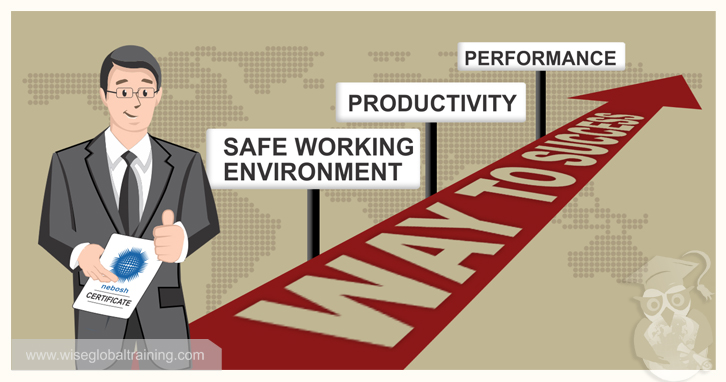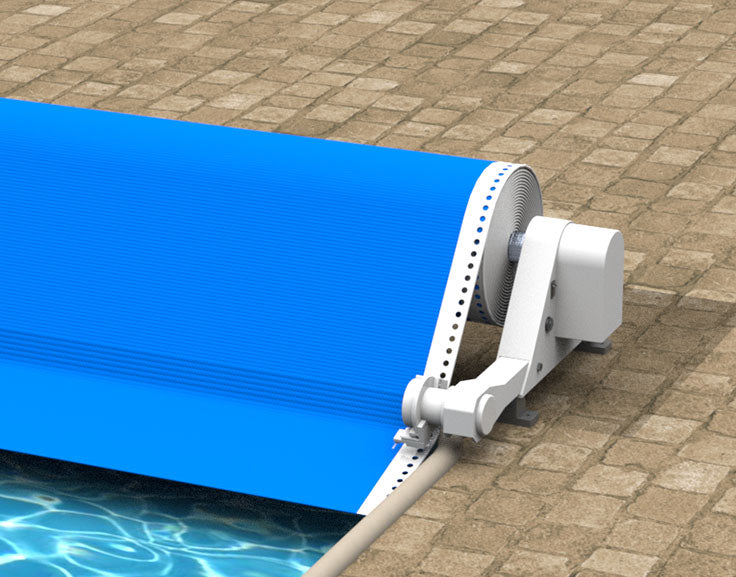
Image Source: Google
Buying a home is an exciting milestone, but navigating the complex world of home loans can be overwhelming. The process can be daunting, from understanding different mortgage options to finding the best interest rates. This is where mortgage brokers come in to simplify the journey and help you secure the best loan for your dream home. In this article, we will explore how mortgage brokers can assist you in navigating the home loan maze.
What is a Mortgage Broker?
A mortgage broker is a licensed professional who acts as an intermediary between borrowers and lenders. Their primary role is to connect potential homebuyers with mortgage lenders that best fit their financial situation and needs. Mortgage brokers have access to a network of lenders and can help you compare loan options from multiple institutions to find the most favorable terms.
Benefits of Using a Mortgage Broker
- Expertise: Mortgage brokers are knowledgeable about the intricacies of the home loan market and can provide valuable insights on the best loan options available to you.
- Save Time: Instead of contacting multiple lenders individually, a mortgage broker can streamline the process by doing the legwork for you.
- Access to a Wide Range of Lenders: Brokers have connections with various lenders, including traditional banks, credit unions, and private lenders, giving you more options to choose from.
- Negotiation Power: Brokers can negotiate with lenders on your behalf to secure competitive interest rates and terms.
- Personalized Service: A mortgage broker will assess your financial situation and goals to recommend loan options tailored to your needs.
How Mortgage Brokers Simplify the Home Loan Process
1. Initial Consultation
When you engage a mortgage broker, the first step is usually an initial consultation where you discuss your financial situation, homeownership goals, and preferences. During this meeting, the broker will gather essential information such as your income, credit history, and desired loan amount to better understand your borrowing capacity.
2. Loan Comparison and Recommendations
Once the broker has a clear picture of your financial profile, they will present you with different loan options from their network of lenders. They will explain the terms, interest rates, and fees associated with each loan, allowing you to make an informed decision on the best fit for your circumstances.
3. Application Assistance
After you have selected a loan option, the mortgage broker will assist you in completing the loan application and gathering the necessary documentation. They will ensure that your application is submitted accurately and promptly to expedite the approval process.
4. Negotiation with Lenders
One of the key roles of a mortgage broker is to negotiate with lenders on your behalf to secure favorable terms. They can leverage their relationships with lenders to advocate for lower interest rates, reduced fees, or flexible repayment options that align with your financial goals.
5. Ongoing Support
Even after your loan is approved and you have purchased your home, a mortgage broker can provide ongoing support and guidance. Whether you have questions about refinancing, loan modifications, or other mortgage-related concerns, your broker can offer valuable assistance to ensure that you continue to make informed decisions about your home loan.
Choosing the Right Mortgage Broker
1. Credentials and Experience
- Ensure that the mortgage broker is licensed and accredited by regulatory authorities.
- Check their experience in the industry and the number of successful transactions they have facilitated.
2. Transparency and Communication
- Choose a broker who is transparent about their fees and communicates clearly about the loan process.
- Prefer a broker who is responsive and readily available to address your queries and concerns.
3. Client Reviews and Recommendations
- Read reviews and testimonials from previous clients to gauge the broker's reputation and service quality.
- Ask for recommendations from friends, family, or real estate professionals who have worked with reliable brokers in the past.
By carefully selecting a reputable and experienced mortgage broker, you can streamline the home loan process and secure a loan that meets your needs and budget.







